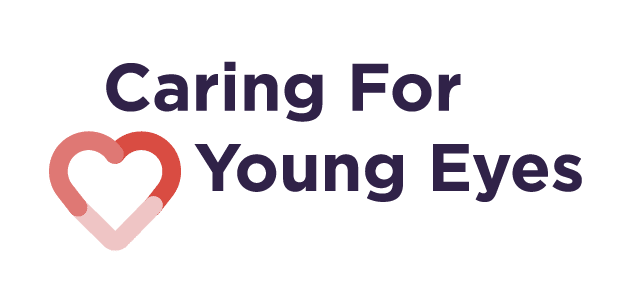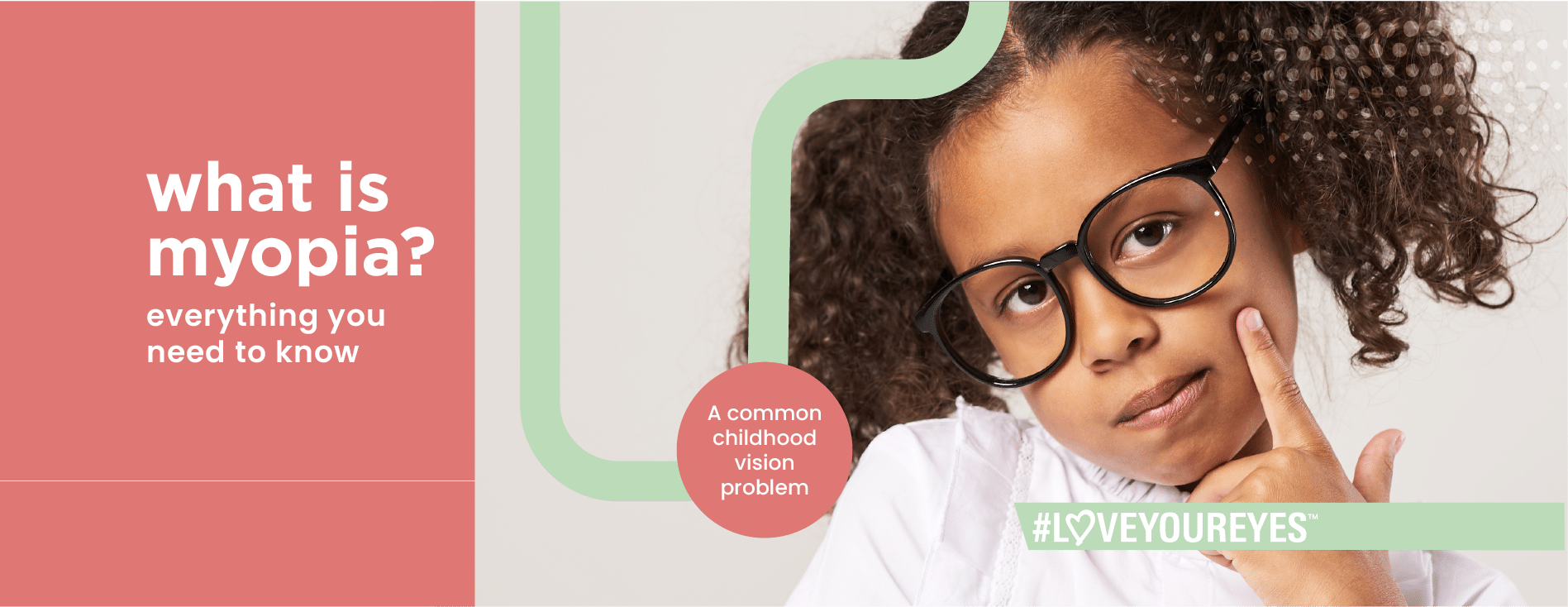
What is Myopia?
Myopia, or nearsightedness, is a common vision problem that usually begins in childhood. Nearsighted kids can see clearly up close, but objects across the room and far away are blurry. If you have noticed your child struggling to see clearly at distance, making it harder for them to concentrate at school and are accident prone, then your child may have Myopia.
Myopia Causes
Myopia occurs when the eyeball is longer than it should be. This causes light to focus in front of the retina and causes mild to severe blurry vision at distance.
Every 1 in 4 people in the world have Myopia because of
Long Eyeball
Genetics
Eye Strain
Irregular Cornea
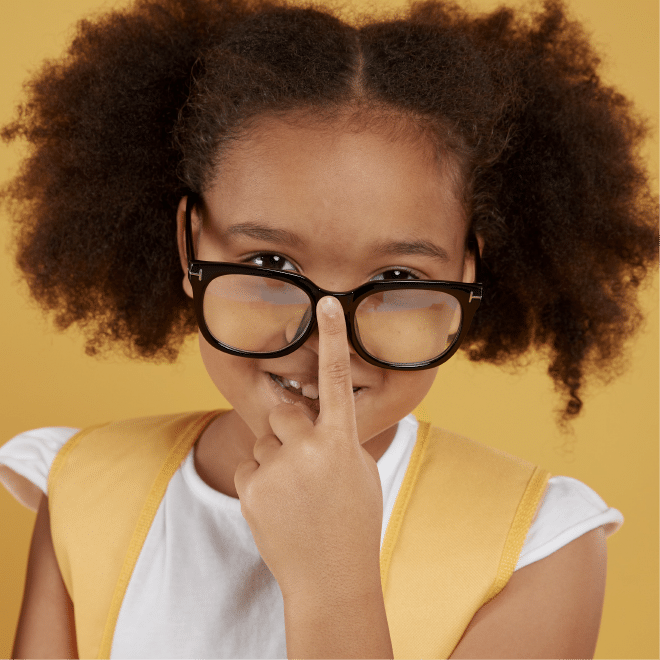
Myopia Levels
The severity of Myopia is often categorized as mild, moderate or high. The power of prescription lenses is measured in Diopters (D). Lenses that correct Myopia have a minus (-) sign before the power number.
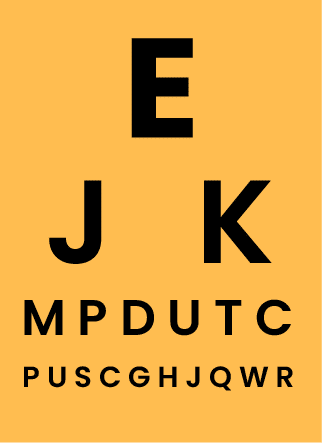
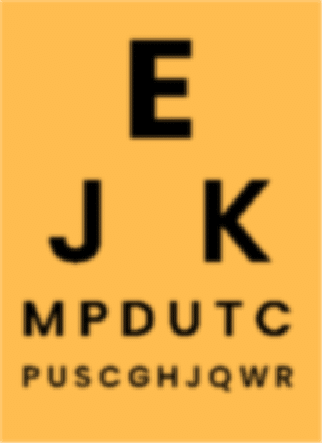
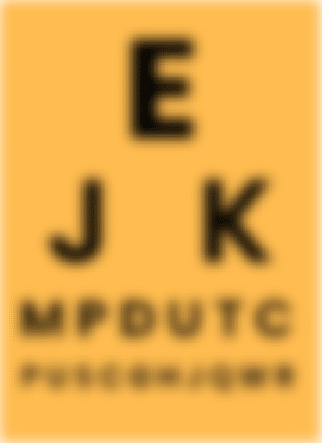
What parents need to know about Myopia
Increased screen time in children means a greater risk of developing Myopia. If you’re concerned about your child’s screen time and want to prevent eye problems, here are some actions you can take.

Limit screen time:
As difficult as it is when everyone’s social lives, work and study have moved online, try to limit screen time as appropriate to your child's age. Ask your optometrist for recommendations.

Take Breaks:
Schedule breaks away from digital devices. Encourage your child to engage in different types of activities during their breaks, including physical activities.

Get outside:
Spend some time outdoors. It can be healthier for everyone’s eyes, as well as their bodies.

Get creative:
Try to be creative with an activity away from screens. Challenge your child to try something new to keep them excited.
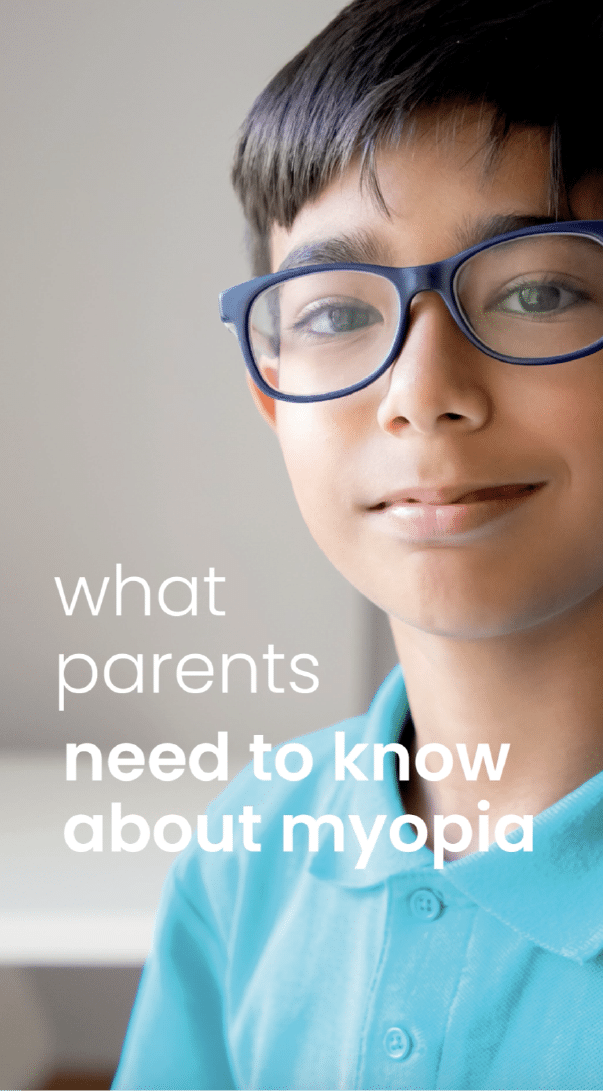
Have your childs eyes checked regularly! Regular follow-up visits (every 6 months) is advised to monitor worsening myopia and its potential complications.
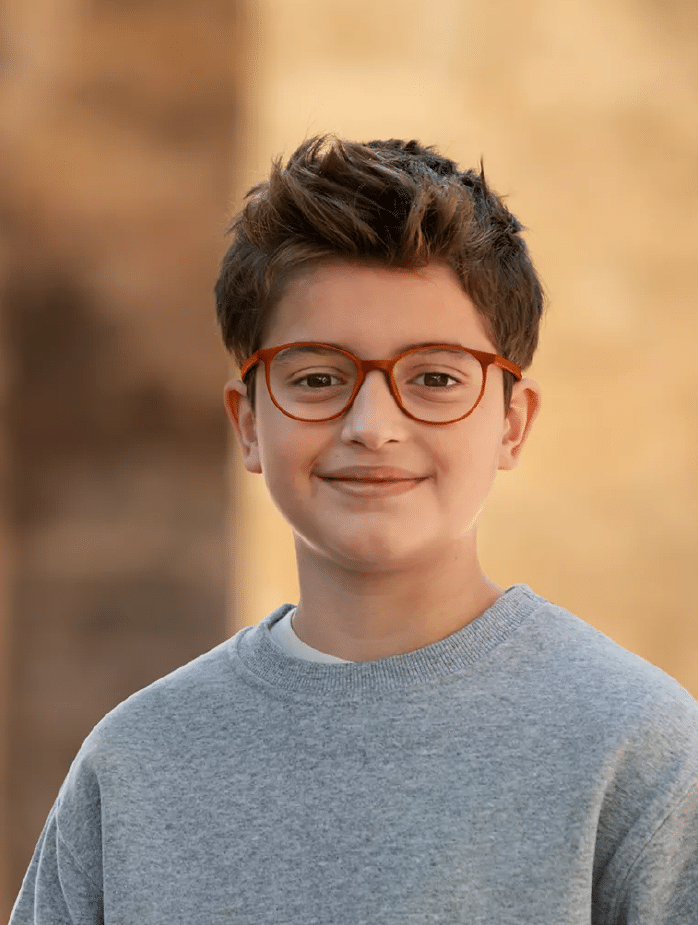
What can you as a parent do?
Heredity is one factor of having Myopia, if both parents are nearsighted there is a larger risk that their kids will be nearsighted
too. Children who spend a lot of time engaged in near activities (reading, using hand-held electronics etc.) also have a higher
degree of Myopia at adult age.
Myopia is best managed early to avoid long term vision issues.
Today, in most cases, myopia is corrected with standard spectacle lenses providing clear and sharp vision. However, these lenses do not help to manage myopia by slowing down myopia progression.
That’s why MiYOSMART spectacle lenses were developed
specifically for children so they can go full-steam ahead.
Treatment Plan for MiYOSMART Lenses
Follow up visits:
It is recommended that you schedule regular appointments with your Eye Care Professional to determine the effectiveness of your child’s treatment.


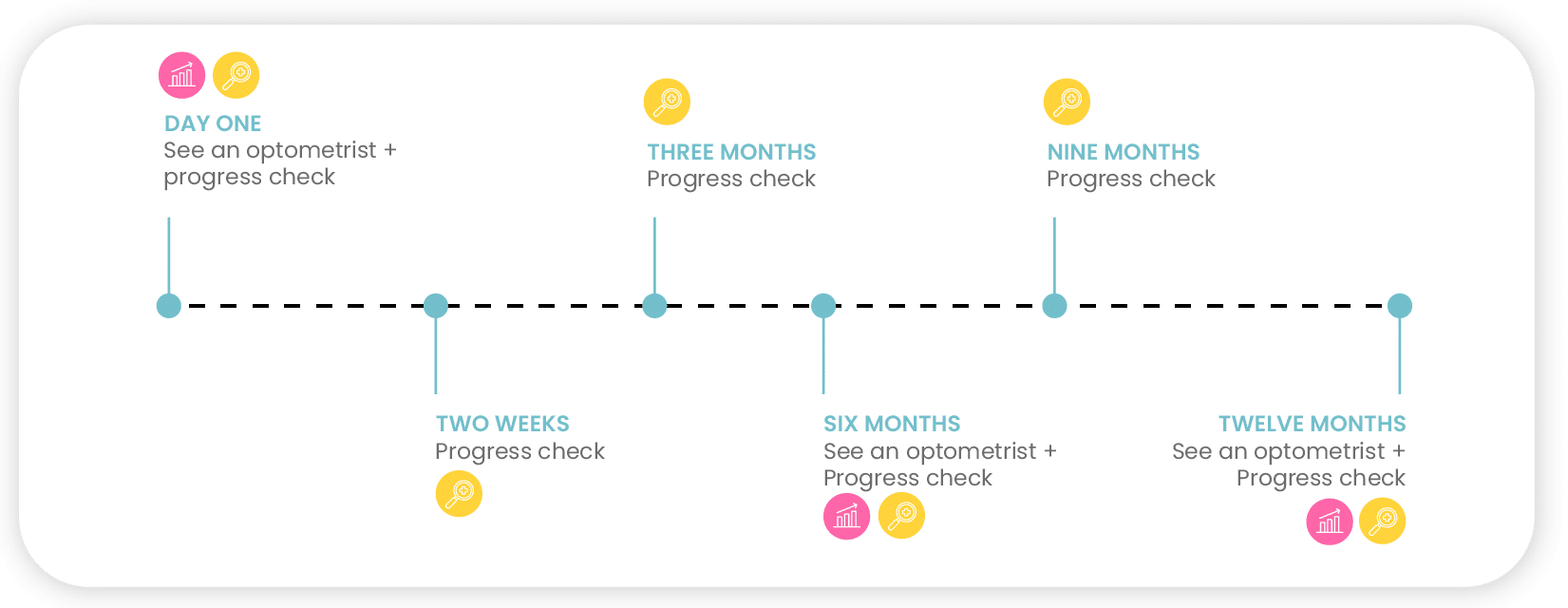
Adaptation Recommendations
Important information to consider during the adaptation period (1-2 weeks).
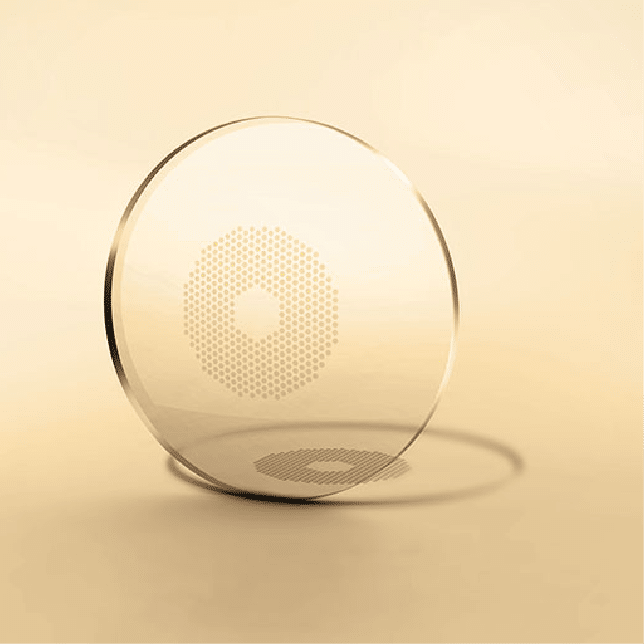
During the adaptation period, it is recommended that your child avoid wearing their MiYOSMART glasses during the following activities:

Intense sports activities (soccer, jogging)

Riding bikes or scooters

Physical activities (yoga, dancing)
If your child feels any discomfort following the adaption period of 1-2 weeks, contact your eye care professional.
Also Available in: MiYOSMART Sun
MiYOSMART Chameleon
SMART LIGHT REACTIVE LENSES
An all-in-one solution for any time and any place.
Features:
- Fade back to clear indoors in seconds
- Stylish and subtle grey colour
- Reduced glare
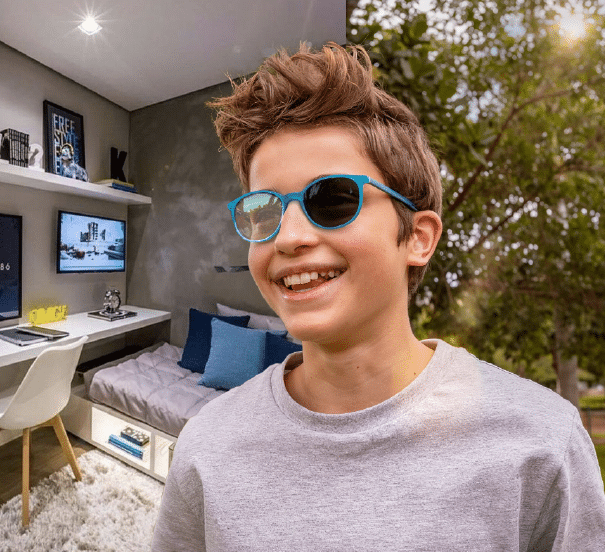
MiYOSMART Sunbird
SMART POLARIZED LENSES
Manage myopia and allow children to see outdoor colours as vibrant as their imagination.
Features:
-
- Tinted lenses
- Stylish and subtle grey colour
- Greater comfort from glare and intense sunlight
- Rich and vibrant colours through lenses
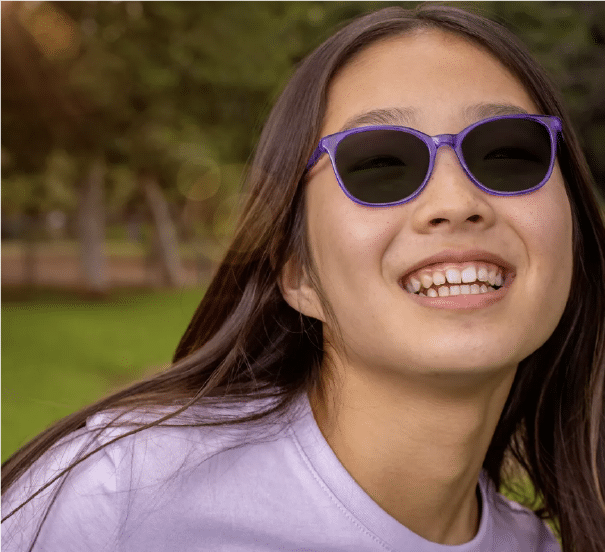
Learning to look after your little eyes
Tips for new glasses wearers




We are here to assist you
Submit your personal details below and we will get back to you shortly
Book an eye test
